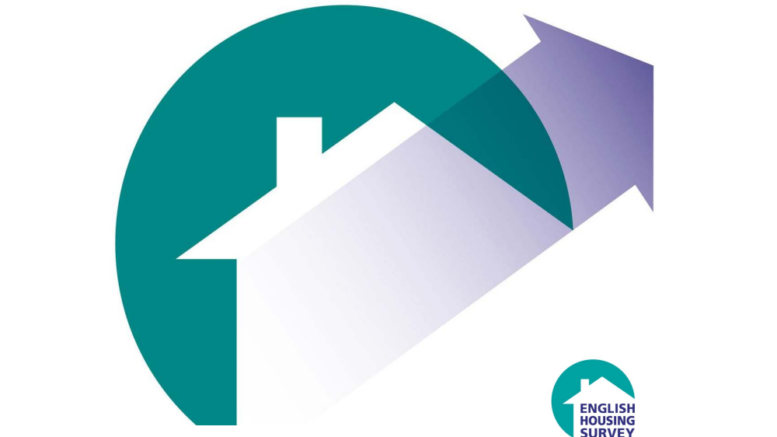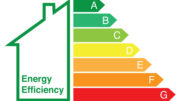Official figures show that despite rising demand, the private rented sector is shrinking.
The recently published English Housing Survey for 2020-2021 concluded that 4.4m households were then living in privately rented accommodation, 4,000 fewer than in 2019-2020, and a quarter of a million fewer than the peak year of 2016-2017.
The figures support the view that private landlords are being driven from the market by increasingly demanding bureaucracy and punishing tax measures.
They also rebuff the claims that tenants get a raw deal because of uncaring landlords who evict their tenants at the drop of a hat.
Four-fifths of private renters said they were satisfied with their current accommodation – a satisfaction level that was 5 per cent higher than expressed by social renters.
Three-quarters of private renters said they were satisfied with repairs and maintenance to their home – higher than the two-thirds of social renters who said this. And 80 per cent of private tenants said they were satisfied with the services provided by their landlord.
Some 17 per cent of private renters had considered making a complaint to their landlord, and 13 per cent did so. That left 4 per cent who did not complain, with just over 1 per cent saying this was because they were afraid of retaliatory action by their landlord or because their tenancies might not be renewed.
On average, private renters had lived in their current accommodation for just over four years.
Nearly three quarters of private renters said their last tenancy had ended because they wanted to move. Only 6 per cent said their last tenancy ended because their landlord or agent had asked them to leave.
The private rented sector remained the tenure where dwellings were most likely to fail the Decent Homes Standard – 23 per cent did so. But above average rates of failure were mainly concentrated in particular areas, and particular circumstances.
Yorkshire and Humber had 38 per cent ‘non-decent’ private rented housing while the incident of non-decent housing was 30 per cent in the case of households in which the named tenant was 65 years or older.
Pre-1919 accommodation in the form of converted flats was by far the most likely to be rated ‘non-decent’.
In many cases homes were rated ‘non-decent’ because of the presence of a ‘Category 1’ hazard. And rented homes were more likely to have damp than other tenures, with almost 10 per cent having this problem.
- Among commentators on the survey, Paragon Bank picked up on the increase in older private rental tenants.
The number of households aged 65 and over hit 382,000 in 2021, up 38 per cent on a decade before, it said. ‘The private rented sector has evolved over the past decade and has seen strong growth in the number of middle-aged and later life tenants’, said Paragon Bank managing director of mortgages Richard Rowntree.
‘The perception of rented property as being the preserve of the young is outdated.
‘There could be a number of reasons for the growth in older tenants. We are seeing a greater number of people living in rented accommodation for life, plus people are releasing the equity in their homes and opting to rent instead. The growth of single person households is also driving some of the growth’.








